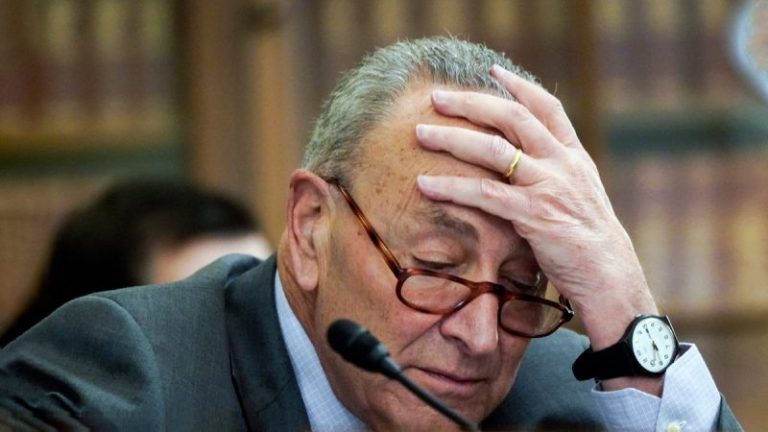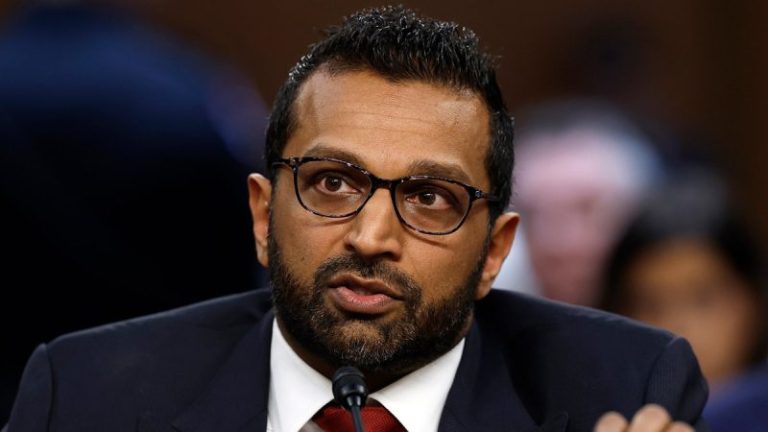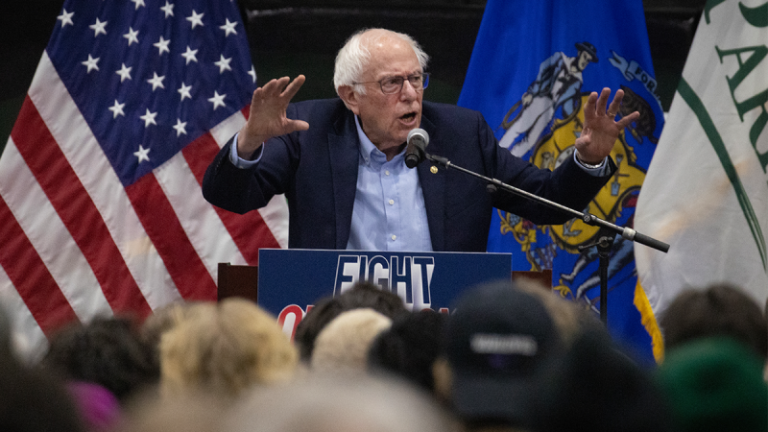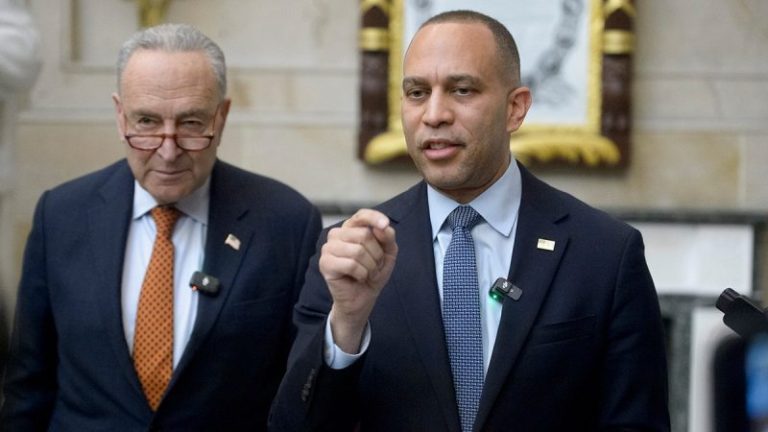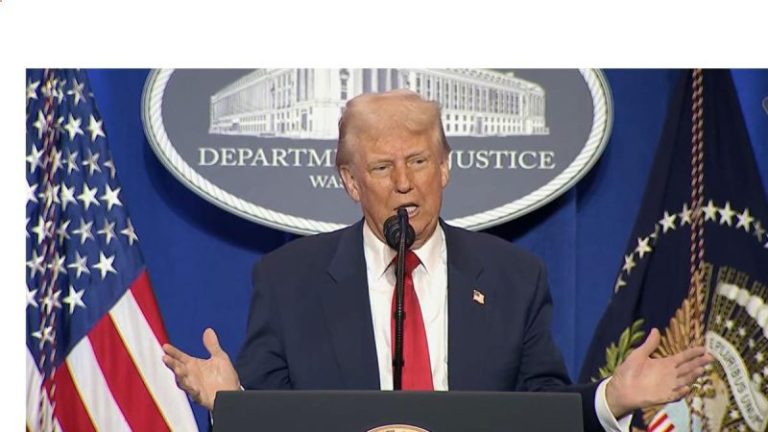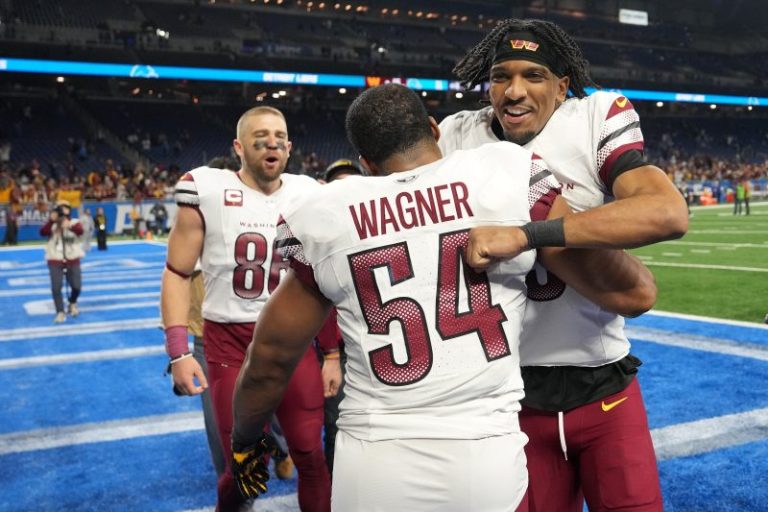While the draft is viewed as the primary avenue for providing a long-term framework for franchises, the open market allows for teams to patch up problem areas with established veterans. Of course, doing so comes at a hefty price, as bidding wars are inevitable for top talent seeking a second or third contract. But with the salary cap continuing to rise, teams are willing to pay a premium for proven commodities. And even when many of the best players set to be available choose to re-sign, as many did this year, decision-makers will still find a way to throw money around for an instant upgrade.
Here are 10 teams who addressed pressing needs this year in free agency:
Chicago Bears: Interior offensive line
At the NFL Scouting Combine, new head coach Ben Johnson struck an optimistic tone as to the chances that Chicago could transform its ramshackle offensive line in the course of a few months.
‘Yeah, I think it’s been done before, right?’ Johnson said. ‘I think there were a number of teams that did that last year. The Panthers come to mind when they went out in free agency and got a couple top guards and really changed the dynamic of their offense. And you saw them clicking there in the second half of the season once they started to really jell.
‘So there’s no question you can change the dynamic of a room just like that.’
Turns out Johnson’s words were indicative of his team’s plan of attack. The Bears, however, didn’t even wait until free agency began to attack the problem from multiple vantage points.
Chicago opened with a rather quiet move, acquiring offensive guard Jonah Jackson from the Los Angeles Rams in a trade early last week. Jackson, whom Johnson oversaw from 2021-23 when he was offensive coordinator for the Detroit Lions, cost only a sixth-round pick. Then came the splash move: swinging a deal with the Kansas City Chiefs for two-time All-Pro left guard Joe Thuney. The Bears capped off the overhaul by securing Drew Dalman, the top free agent center, on a three-year, $42 million contract.
As Johnson indicated, bringing together an offensive line is not simply a matter of importing individual pieces, and it’s too early to tell how the additions will coalesce. But the changes at least give Caleb Williams a chance to escape the unrelenting onslaught of pressure he faced as a rookie, even if the burden is now on him to show he can speed up his internal clock after taking a league-worst 68 sacks in 2024. Chicago, meanwhile, no longer is boxed into forcing a selection on the interior with one of its top picks and enduring the growing pains of a first-year blocker.
Arizona Cardinals: Edge rusher
Credit Jonathan Gannon for generating pressure from a variety of sources in his second year at the helm, with 12 different players recording at least two sacks in 2024. But despite the coach’s creative solutions, Arizona couldn’t overcome an overall shortage of talent and investment in its front, finishing 28th in ESPN’s pass-rush win rate metric.
Nevertheless, this is a sea change for Sweat, who goes from the league’s most loaded pass-rush collection to perhaps its thinnest. Therein lies the risk for both sides. The 6-foot-5, 265-pounder will have to adjust to being the focal point of opposing game plans as opposed to just another consideration, while the Cardinals will be counting on Sweat to be more of a consistent threat than he was last season. But Gannon certainly knows how to get the most out of his marquee signing, as Sweat reached a career-high 11 sacks in 2021 in what was the coach’s first year as defensive coordinator for the Eagles.
With Sweat signed and Baron Browning having re-upped ahead of free agency, Arizona’s pass rush looks to be as formidable as it has been in years. But those moves don’t necessarily preclude further additions at some point in the draft.
Tennessee Titans: Offensive line
For the third consecutive offseason, the Titans tasked themselves with firming up their front.
Bringing in a new head coach in Brian Callahan last season to reimagine the offense didn’t make a massive difference. Neither did hiring Bill Callahan, Brian’s father and one of the most highly regarded offensive line coaches in recent NFL history. And yet another considerable addition to the line didn’t truly move the needle, either.
In 2024, the Titans’ protection issues once again repeatedly tripped up the offense en route to a 3-14 season. While Will Levis’ panic-button response to pressure exacerbated the problem, Tennessee ranked just 28th in pass-block win rate. An inability to stave off disruptive plays led the team to tie for first in turnovers (34) and fifth in sacks taken (52).
New general manager Mike Borgonzi extended the overhaul effort initiated last offseason by predecessor Ran Carthon. A four-year, $82 million deal handed to Dan Moore Jr. was one of the biggest early surprises, but the former Pittsburgh Steelers left tackle has shown a solid growth trajectory and largely been a capable pass protector – outside of some calamitous outings against Myles Garrett. His signing also allows JC Latham to move back to his more familiar position at right tackle.
The less heralded addition of offensive guard Kevin Zeitler on a one-year, $9 million deal could prove just as meaningful, as the 35-year-old figures to be a short-term salve after ranking fifth in pressure rate allowed among guards last season, according to Next Gen Stats.
Now, Tennessee looks to be situated nicely to onboard a new quarterback, whether that’s Cam Ward with the top pick, another rookie somewhere else in the draft or a bridge veteran option.
New York Giants: Secondary
In adding two-time Pro Bowl edge rusher Brian Burns to work with Dexter Lawrence and Kayvon Thibodeaux, the Giants bet big last offseason that their ability to create havoc in the passing game would carry the defense. Without proper support on the back end, however, that plan went awry, as New York ranked 29th in yards allowed per passing attempt (7.7) and 30th in completion rate (69.4%).
One year after letting Xavier McKinney walk, the Giants no longer are merely trying to scrape by in the secondary. Jevon Holland should pair nicely with Tyler Nubin and give the unit the deep-ball deterrent it missed last year, while Paulson Adebo provides a needed dose of playmaking for a group that recorded just five interceptions in 2024.
Of course, anxieties won’t be eased for Big Blue unless the quarterback quandary reaches a satisfying conclusion. But with Brian Daboll, Joe Schoen and the rest of the current regime being put on notice after co-owner John Mara opted against a teardown, the team should at least have confidence that its defense is more evenly assembled this time around.
Denver Broncos: Tight end
When Sean Payton voiced his intent this offseason to find a ‘joker’ – a dynamic all-purpose threat capable of creating mismatches in the passing game – it seemed unlikely that a 30-year-old tight end who averaged a meager 7.8 yards per catch last season would fit the bill. But in a free agency class light on starting-caliber options at the position, Evan Engram became the most viable candidate for the role after he was cut by the Jacksonville Jaguars.
Since Payton’s arrival, the tight end has essentially been a non-factor in Denver’s aerial attack, with no team posting fewer catches or receiving yards collectively at the position in the last two years. But with Bo Nix’s ascension butting up against the ceiling of the Broncos’ underwhelming skill-position group, a significant change was in order.
Engram was limited to just nine games last season due to hamstring and labrum injuries, and he likely won’t be the dynamic threat some envisioned at the start of the former first-rounder’s career. But he should remain a high-volume target in the short-to-intermediate game and help Nix keep things moving as a quick-hit, run-after-catch threat.
And with Denver potentially out of range for top tight end draft prospects Tyler Warren and Colston Loveland, Engram likely was the most reasonable choice to provide short-term relief.
Los Angeles Rams: Wide receiver
Settling the Matthew Stafford standoff allowed the Rams to avert a full-on identity shift, but the team did somewhat signal the start of a new era when Cooper Kupp broke the news in February that he was being pushed out the door. With no trade partner materializing, he was released this week. Before he was officially sent packing, however, the Rams had already identified their new complement for go-to receiver Puka Nacua in Davante Adams.
At 32, the six-time Pro Bowler might seem like an odd fit for a franchise embracing one of the league’s youngest rosters. But despite being weighed down by subpar supporting casts for the last two seasons, Adams could excel as one of the league’s most formidable No. 2 receivers. The Rams’ extensive use of condensed formations should serve his skill set extremely well, and he could be rejuvenated by operating in a precise, highly functional offense for the first time since he left the Green Bay Packers after the 2021 season.
Las Vegas Raiders: Quarterback
The Silver and Black were left without a chair in last offseason’s game of musical chairs at quarterback, as all six first-round passers were off the board by the time the Raiders were on the clock at No. 13. That dynamic seemed like it might play out yet again, as Stafford eschewed the possibility of joining the team to re-up with the Rams. But Las Vegas quickly pivoted to an option few saw as a possibility: Geno Smith, to whom the Seattle Seahawks had appeared committed before contract extension talks fell apart.
Detroit Lions: Cornerback
Last March, Detroit kicked off a drastic overhaul of its secondary by trading for Carlton Davis III and signing Amik Robertson. And with the team having selected Terrion Arnold in the first round of last year’s draft and Ennis Rakestraw Jr. in the second, the Lions should have been in a solid spot to weather Davis bolting for a three-year, $60 million deal with the New England Patriots. But leaving the fate of the pass defense in the hands of two unsteady second-year players – Arnold struggled with penalties early, while Rakestraw saw just 46 total defensive snaps – would be quite the gamble for a team that otherwise looks prepared to renew its push for the organization’s first Super Bowl appearance.
The void wouldn’t remain for long, however, as D.J. Reed agreed to a three-year, $48 million contract with the Lions soon after Davis struck his deal. Despite his small frame, the 5-foot-9, 188-pounder has proven to be a consistent performer on the outside. A willing tackler who embodies Dan Campbell’s tenacious mentality, Reed is well-suited for more man coverage responsibilities in Detroit’s scheme. With a savvy veteran presence to keep Arnold and Rakestraw from taking on too much, the Lions’ secondary should again allow the defense to counter the NFC’s elite. And it doesn’t hurt that Reed is a relative bargain when compared to Davis.
Minnesota Vikings: Interior offensive line
In pivoting from Sam Darnold to J.J. McCarthy at quarterback, the Vikings freed themselves up to be aggressive spenders thanks to the flexibility afforded by having a starting passer on a rookie contract. While defensive tackle also merited consideration here after the pricey pick-ups of Jonathan Allen (three years, $51 million) and Javon Hargrave (two years, $19 million), the interior offensive line is the area that demanded the most movement.
After rampant pressure spoiled the Vikings’ bid for the No. 1 seed in the NFC playoffs and again proved critical in the wild-card loss to the Rams, general manager Kwesi Adofo-Mensah got aggressive in free agency by bringing aboard offensive guard Will Fries on a five-year, $88 million deal. While that might appear to be a massive sum for someone who has never been selected to a Pro Bowl and played in just five games last season due to a broken tibia, it’s representative of the market for top pass protectors on the interior – which is a class to which Fries belongs. Center Ryan Kelly should further buttress the unit, which was able to dispense of underperforming former high draft picks in Garrett Bradbury and Ed Ingram.
Pittsburgh Steelers: Cornerback
The bulk of the buzz surrounding Pittsburgh’s offseason has been tied to one marquee move already made – trading for wide receiver DK Metcalf – and another yet to materialize – the signing of a starting quarterback. Yet while those two matters will continue to command the spotlight heading into the fall, the Steelers quietly took care of another glaring shortcoming with the addition of cornerback Darius Slay Jr.
A cap casualty of the Eagles following the team’s Super Bowl run, Slay stabilizes the spot opposite Joey Porter Jr. after a volatile year in coverage from Donte Jackson. Slay, 34, almost assuredly won’t match Jackson’s five interceptions last year, but he still had 13 passes defensed in 2024 and shores up what was unquestionably the weak spot of the league’s 25th-ranked pass defense. Brandin Echols also was added as a depth piece.


